Welcome or welcome back to History Buzz! If you’re a subscriber to the Buzz, thank you! If you’re new here, or you haven’t become a subscriber yet, hit that subscribe button to have History Buzz delivered directly to your inbox. If you can, please consider a paid subscription to support the research and writing that make History Buzz possible.
Andover Jeopardy! Part 2 - the answers
If you don’t know the questions, you can read them by clicking here.
Today’s category: Gates into history
What is West Parish Garden Cemetery?
West Parish Cemetery Gates: In 1908 William Madison Wood, president of the American Woolen Company, gave $5000 to the church Deacons to improve and restore the old burying ground. Stones were reset, straightened and the grounds regraded and reseeded. Mr. Wood had a plan to convert the cemetery into a beautiful garden cemetery.
The Arch was dedicated to Benjamin Franklin Smith Jr., grandson of Peter Smith, who worked as assistant treasurer of the American Woolen Co. and was to be elected as a vice president prior to his death at age 29 on Feb. 27, 1908. The Arch entrance was designed by George Shattuck of Boston and is constructed of Milford Pink Granite, in Milford MA. It has an unusual quality of turning from light gray to "pink" when wet. The Boston Public Library is also constructed of the same material. The arch was completed October 23, 1909. The arch was restored in 1996-1997. In Feb. 2020 a storm ripped off half the roof of the arch. This revealed further structural damage to both interior and exterior masonry. A complete restoration began in May and completed in April 2021.
What are the Merrill Gates?
Merrill Gates to Abbott Academy: These gates which had been donated by over three hundred alumnae were built in 1912. They are named after Maria Stockbridge Merrill a beloved French Teacher at Abbott Academy. The gates lead into the Abbott Circle a beautiful area that is surrounded by the three main buildings of what once was Abbott Academy, Abbott Hall, Draper Hall, and McKeen Hall.
What is the Sacred Heart Cemetery?
Sacred Heart Cemetery is located at 80 Corbertt Street in the Shawsheen Heights section of Shawsheen Village in Andover. This property was once farmland of Samuel Poor which was part of the West Parish in Andover and the Poor School District which was annexed in 1845 to become the south side of the new city of Lawrence, Ma. Most of the families interred here are of French - Canadian nationality who settled in Lawrence and surrounding towns.
What is the Cochran Bird Sanctuary?
These are the gates to the Cochran Bird Sanctuary. In 1921, with the guidance of NY architect Charles Adams Platt and landscape architect Frederick Law Olmsted, Thomas Cochran, a Phillips Academy graduate and benefactor, began a historic expansion and beautification program at the school. The idea for a wildlife (bird) sanctuary began when he and some colleagues decided that Rabbit Pond (on the campus) would be a great stopping place for migratory birds. Cochran Sanctuary was given to the school in 1929 by Thomas Cochran, who planned this whole 125 acres as a natural piece of ground intersected by paths and adorned by ponds and trees, etc.
What is Spring Grove Cemetery?
Spring Grove Cemetery on Abbot Street, owned and operated by the town, was laid out in 1871. The main avenue at the time was the old Andover & Wilmington railroad bed that had bisected the property between 1836 and 1848. William Means, chair of the original cemetery committee, credited Samuel Raymond, businessman and civic leader, with laying out the grounds and lots. The cemetery itself took its name from a nearby spring of water.
Included in the original by-laws was the rule that
“no horse shall be fastened except at the posts provided for that purpose, and no cattle shall be allowed to go at large in the cemetery.”
In addition,
“no person shall discharge firearms of any description, nor attempt to destroy or capture birds or other animals.”
In 1937, the cemetery’s well-recognized entrance gates were erected. These gates were given by Miss Bertha M. Stevens in memory of her father and mother, William H. and Elizabeth M. Stevens. Miss Stevens was a native of Andover.
What is “Brae Loch?”
If you’ve ever driven down Lowell Street you have probably noticed these pillars/ gates and perhaps wondered where they led to and what was the meaning of “BRAE LOCH.”
These are the gates into Geneva Road, which is a private road from Lowell Street. The history of this area is very interesting. This is the site of Bailey’s Grove on Haggett’s Pond which was established in 1885 and was owned by Samuel Gilman Bailey. It became a very popular picnic area on the pond and was used for family gatherings, church picnics, as well as outings for different businesses.
In 1870 Bailey improved the area by adding a new saloon, a cook house, and enlarged the dance hall. The Andover Advertiser, May 27, 1870, gives a detailed description of the area. In 1872 Bailey built an icehouse, enlarged the dance hall again, and built a stable.
Even though the Town of Andover took control of Haggett’s Pond as its main source of drinking water Bailey’s Shady Grove remained a popular summertime destination. Sadly, a fire in 1901 destroyed most of the buildings.
In 1911 the Bailey heirs sold the Shady Grove to William Wood. In 1918 George Wallace acquired the property from Willam Wood and named his retreat BAER LOCH which is Scottish for Hillside Lake. George Wallace was a friend and a trusted employee of William Wood. BRAE LOCH remained in the Wallace family until 1939 as a summer home and the stone pillars continue to stand guard over a piece of Andover’s History. (Source: Andover Preservation Website; History Buzz)
How did you do? Did you know the story behind each gate? More challenges to come in April!
What do you think about Andover Jeopardy? We want to hear from you about your experience with this challenge. Leave a comment and let us know!
~Barbara
If you enjoy reading History Buzz, please consider becoming a paid subscriber to help support the research and writing that makes the Buzz possible.






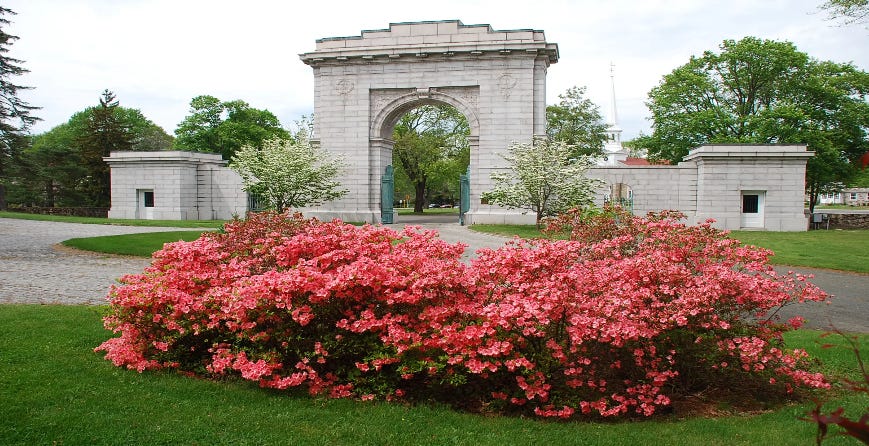
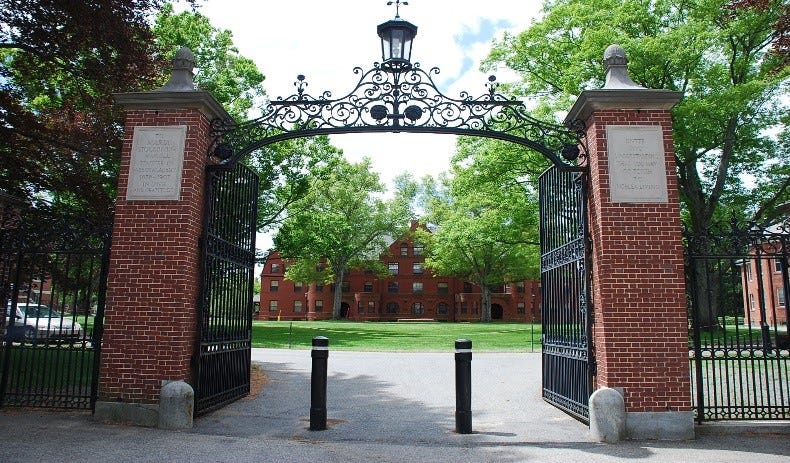
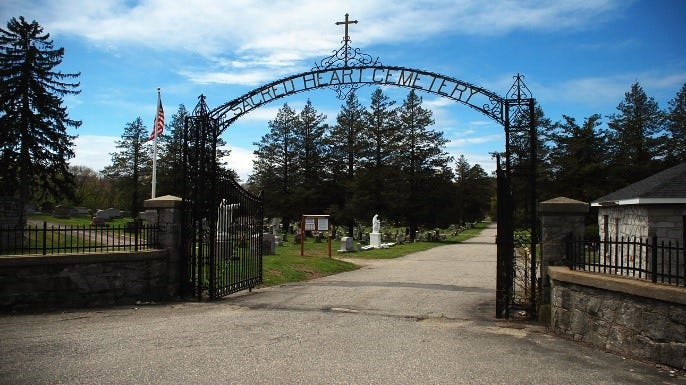
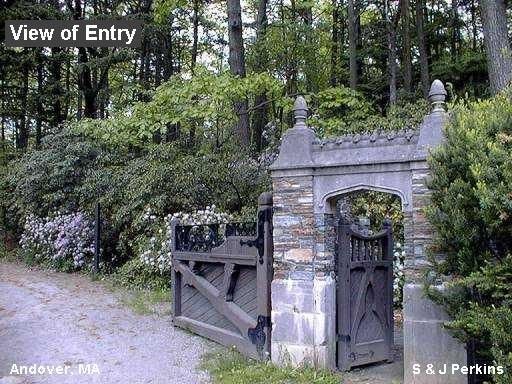
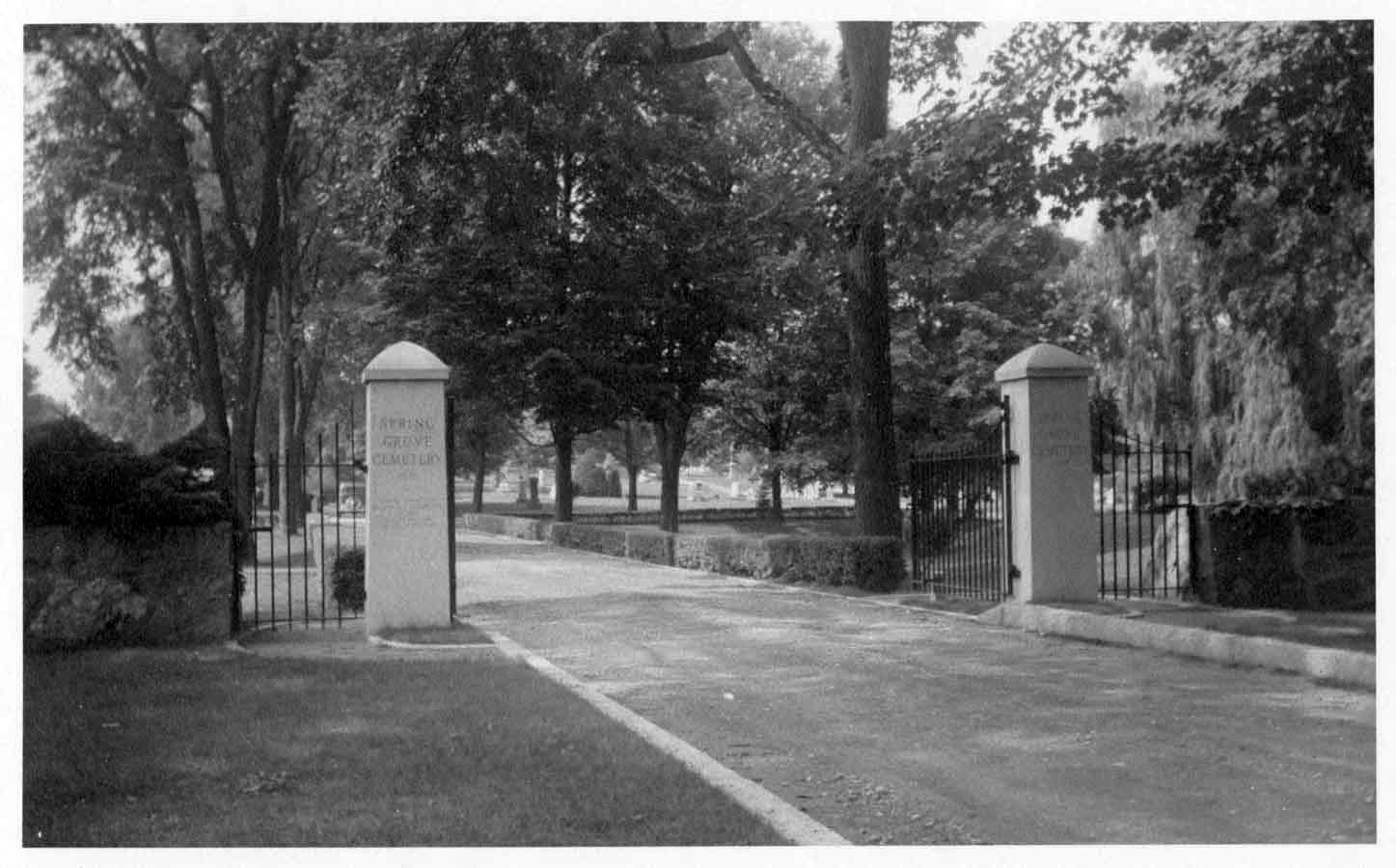
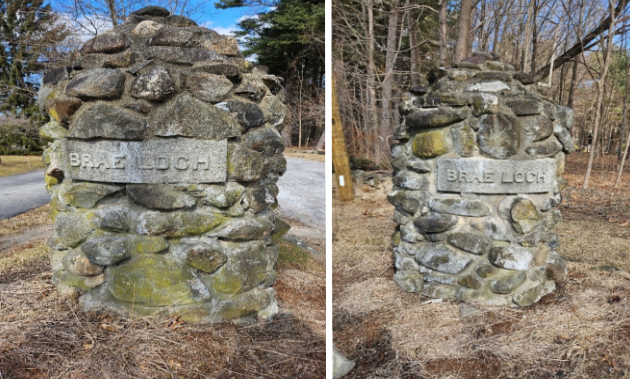
Ken would have failed me as I did not phrase my answers as a question??? LOL = Fun post just the same.
Barbara, what a fascinating post. I just love Andover's version of "Jeopardy!" I got 5 out of six, but had read sometime back about George Wallace's summer home. A friend of ours, now deceased, grew up in Aberfoyle, the residence on North Main Street Wm. Wood build for Wallace. I wrote an Andover Story about Aberfoyle a couple years ago.